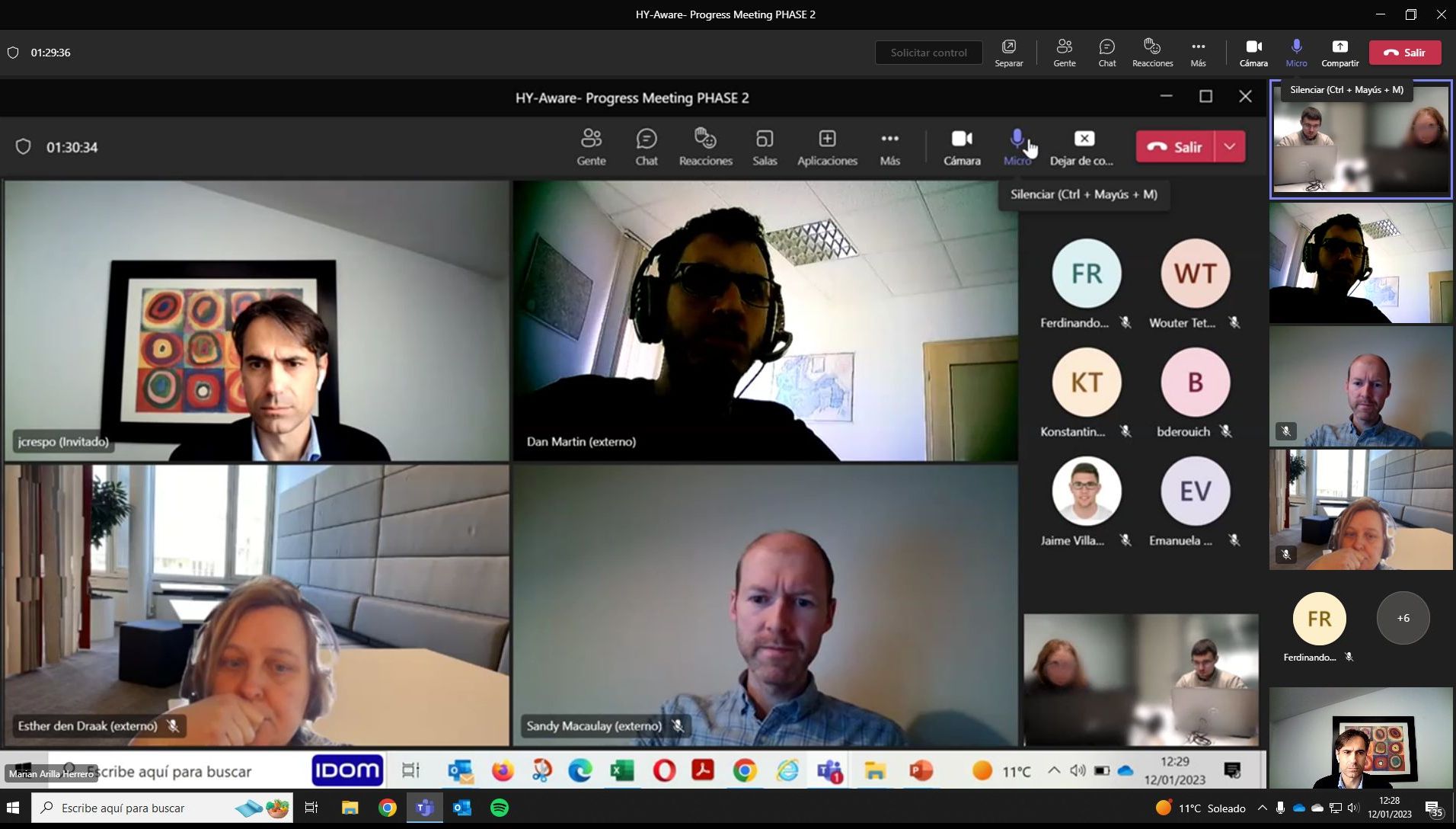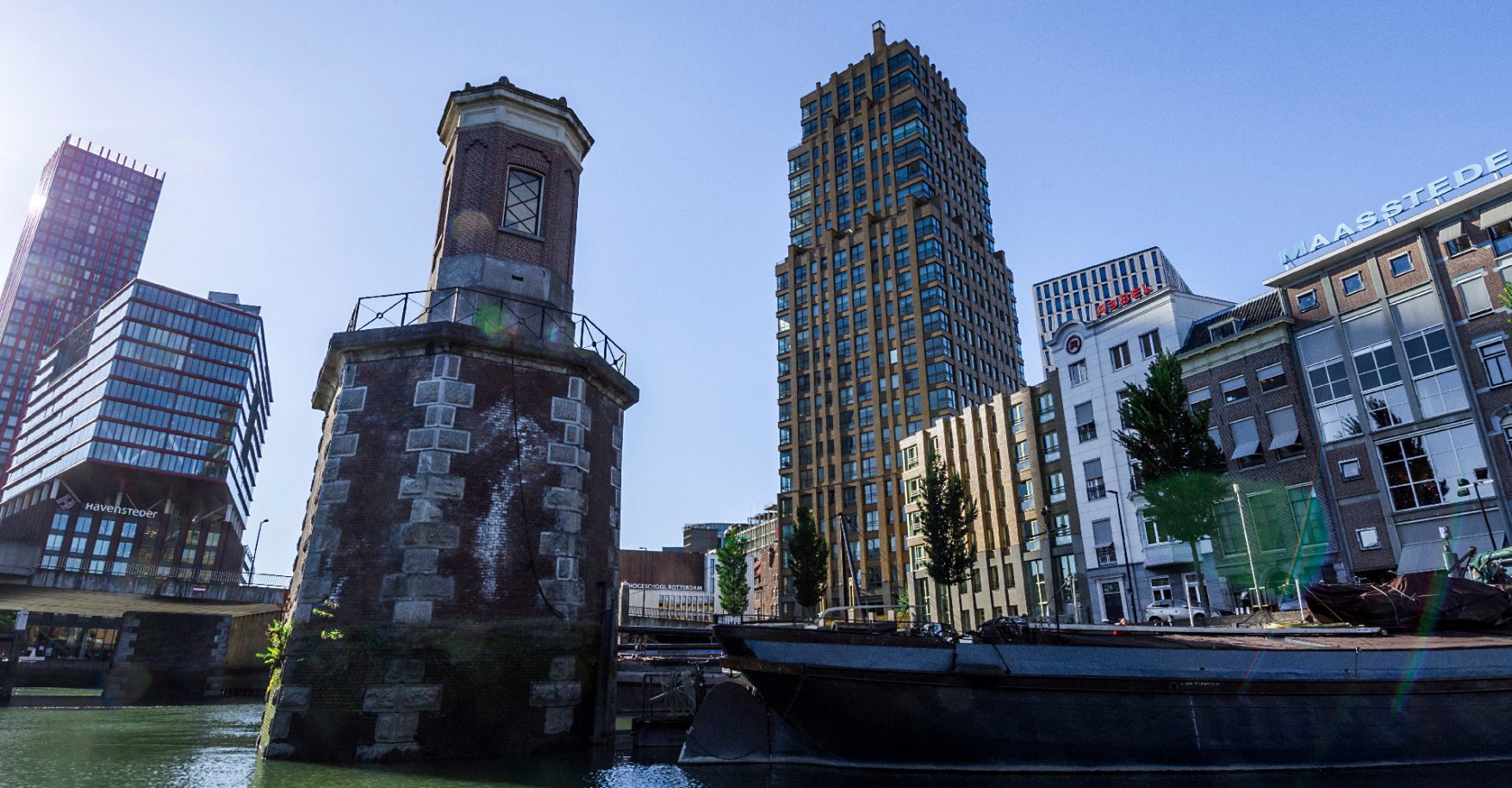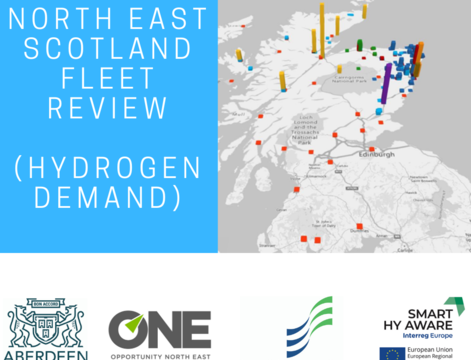
SMART HY-AWARE final conference
SMART HY-AWARE holds its final conference on 20 June 2023 in Brussels, Belgium
SMART-HY-AWARE aims to promote hydrogen-electric mobility by tackling main infrastructural, technological (range anxiety related) and market uptake barriers related to hydrogen for electro-mobility through the improvement of PI linked to Structural Funds in Europe, addressing the transition to a low carbon economy, as clearly requested by objective 3.1 of the INTERREG EUROPE Programme. Specific sub-objectives of the project, to reach the main goal, are:
• Exploiting the potential of hydrogen technologies for electro-mobility involving the whole supply chain;
• Improving regional and local strategies which focus on real needs for implementation such as giving impulses for new models of fuel cells integration;
• Increasing efficiency of green propulsion in transport;
• Improving renewable energy grids to cut down electrolysis costs and IT management applications to enable advanced planning of short-tomid-term power productions and foster use of hydrogen power within distributed networks (Gopalakrishnan Kumar, Serhan Dermici, Chiu-Yue Lin, 2013);
• Increasing the deployment and the accessibility to refuelling infrastructure for both public and private sector in urban and rural areas;
• Supporting the deployment of alternative fuel vehicles in public transport by setting up regional financial support schemes;
• Promoting and assessing new measures favouring public-private partnership (PPP) in e-mobility sector, by designing suitable PPP business schemes to trigger hydrogen mobility;
• Enhancing the capability of public Authorities in developing effective policies for reducing the carbon footprint of transport activities.
€1,359,626.00
Low-carbon economy
The central concept of aforementioned policy includes measures focused on the promotion of the deployment, production, storage and use of renewable energy. In this respect, the regional operational program explicitly covers the impetus to hydrogen in the region highlighting initiatives with a clearly oriented industrial development, supported by the regional government, as a factor for business cooperation in the scope of the use of renewable energy and hydrogen technologies in building, fuel decarbonisation, sustainable mobility, deployment of infrastructures for alternative fuels, management and integration of renewable resources, research and innovation, training, dissemination and awareness actions. Support for the development of hydrogen technologies has been prominent in the successive regional strategic plans in force since 2007, in particular the Hydrogen Master Plans in Aragon 2011-2015 and 2016-2020. The implementation of these work lines is regarded as a way to achieve sustainable territorial development. To ensure that the policy instrument support this implementation in the most efficient way, interregional cooperation is the most important way to facilitate the penetration of hydrogen into the fuel supply networks as well as to be aligned with the European initiatives on hydrogen and electromobility.
Objective 4: Sustainable Energy and Mobility - Priority: Increasing sustainable mobility in urban areas. Action 4.6.2 "Interventions for urban sustainable mobility, also encouraging the use of low-impact transport systems" which foresees the purchase of buses with high environmental efficiency, either electric or powered by natural gas, to be used only in the urban and metropolitan area of Rome and within the framework of integrated urban sustainable mobility actions. The policy instrument is not sufficiently detailed as regards alternative fuels for mobility, therefore the project could help completing it by integrating measures able to stimulate the hydrogen electric mobility in the region.
"CO2 emissions must be reduced. For an area that is as populous and economically active as the Western part of The Netherlands (the so called 'Randstad'), this task is all the more urgent. Projects, focusing on reducing CO2, using alternative energy, and saving energy deliver a great deal of effort to get their funding around. Changes for West II opportunities are focused on funding projects that are in line with the National Energy Agreement or the European Rural Development Program (POP) and will reduce the share of fossil fuels in total energy consumption in the area of opportunities for West II Reduce energy consumption in urban areas.
A fifth of the available budget (€ 36 million) is for this purpose. Especially the deployment of Zero Emission Vehicles in urban areas apply to these goals."
"The Municipality of Delphi, with its regional status, will address the thematic priority ERDF T04-Low carbon economy, by assessing and evaluating the use of hydrogen in the region that will be produced and used through a circular sustainable economy. T04 states that Greece has energy capacity potential for energy production from renewable energies including biomass. Energy production from renewable energies is stated as a priority objective. Furthermore, high energy usage of the transport sector is also addressed as well as the need for a shift towards more holistic sustainable mobility plans using environmentally friendly means of transport. The policy instrument addressed seems to lack connection between energy production and sustainable mobility. Both objectives are mentioned independently while there is no holistic point of view to address a circular economy starting from energy production from renewable resources to energy used in transport. The Municipality of Delphi through SMART-HY-AWARE, will investigate best practices regarding hydrogen mobility and how these can be applied into the region. The aim is to investigate ways of producing the required energy for the hydrogen production
from renewable energy sources of the region, such as local agricultural waste (biomass) or solar energy. Furthermore, an action plan will assess the suitability of the fuel cell vehicles for operational usage for the Municipality as well as tourist application for Natura areas."
SMART-HY-AWARE falls under Malta's Operational Programme, Priority Axis 7 “Shifting towards a more low carbon transport sector” of the Cohesion Fund 2014-2020 Operational Programme I of Malta (OPI), and in particular on Investment Priority 7c "Developing and improving environmentally friendly (including low noise) and low carbon transport systems, including inland waterways and maritime transport, ports, multimodal links and airport infrastructure, in order to promote sustainable regional and local mobility". It is to be noted that Transport Malta on behalf of the Government of Malta had published the Malta National Transport Strategy 2050 and the National Transport Plan as required so that Malta can justify the use of ERDF and Cohesion Funds. Transport Malta also is participating in another project under INTERREG, entitled PROMETEUS to upate its Malta National Electromobility Action Plan. The policy instrument addressed It is important to further focus OPI (7c) on innovative technologies and promotion of sustainable means of transport in order to reduce greenhouse gas emission, pollution and noise.
The Strategy aims to maintain and build on Aberdeen's position as a leading European Region in the early deployment of hydrogen fuel cell vehicles as to becoming a leading hub for hydrogen technologies in Scotland. The Strategy examines how to secure investment for further vehicle deployments followed by new infrastructure investment from 2018 onwards when capacity will be maximised. The Strategy looks at Vehicle Deployment; Production of Renewable Hydrogen; Non-Transport Applications; Supply Chain and Market Development; Communication and Education; Policy and Regulation. The Strategy has been well received and has achieved many of its short-term goals but there are reasons for its review. Firstly, the Strategy was written in 2014 and with technological advances a review would improve the Strategy. In addition, the Hydrogen Fuel Cell Joint Undertaking (FCH-JU) has set up a Regional Initiative to develop business cases for fuel cell products.
TSDOP (equivalent to INTERREG EUROPE Priority Axis 3, to the Specific Objective 3.1) is an ERDF supported program aiming to improve the implementation of regional development policies and programmes, in particular programmes for Investment for Growth and Jobs. It aims to support regional, decentralized economic development and an increase in employment based on local resources. It allocates more than EUR 1 billion to integrated sustainable urban development actions in the framework of a dedicated priority. The Programme is focusing on: (1) Creating local conditions to boost economic growth and increase employment (2) Enterprise friendly and population preserving urban development by the means of increasing resource-efficiency, green growth and eco-innovation and environmental performance management among the population, local stakeholders and economic entities, promoting circular economy.

SMART HY-AWARE holds its final conference on 20 June 2023 in Brussels, Belgium

A meeting of all Smart Hy-Aware project partners was organised to present the progress in the implementation of the RAPs

SMART HY AWARE partners from Greece, Hungary, Italy, Spain and United Kingdom took part in the Interregional Site Visit-IRSV in Rotterdam organized by Province

Fleet Review exploring hydrogen demand in Aberdeen and North East Scotland.